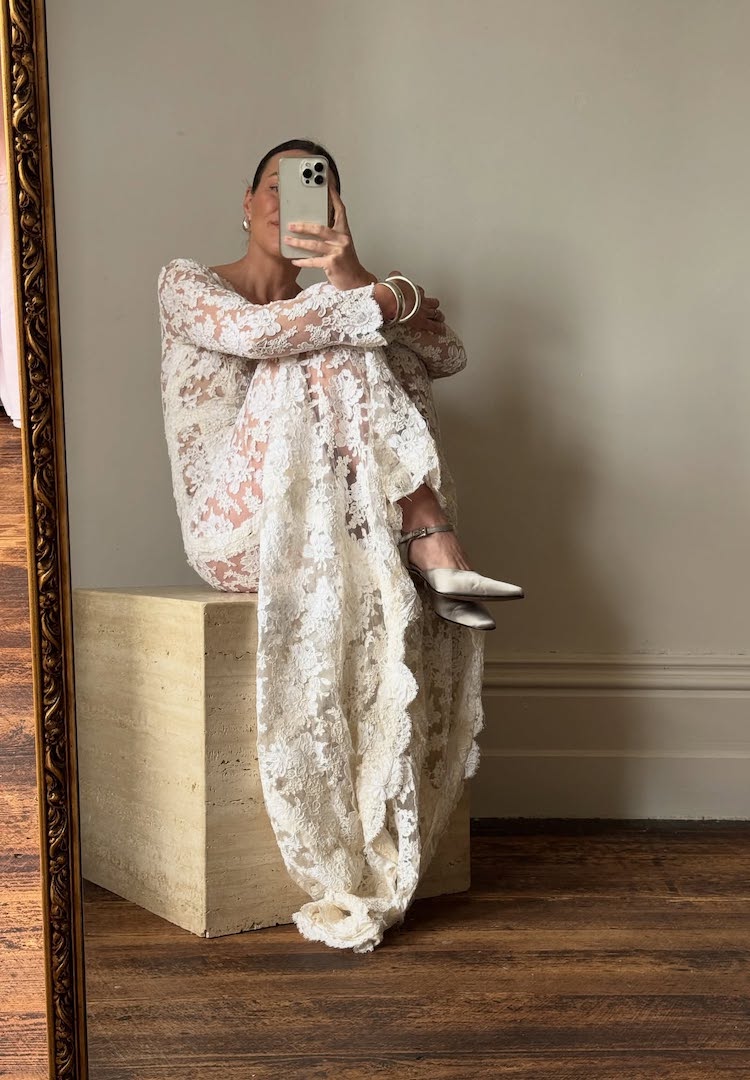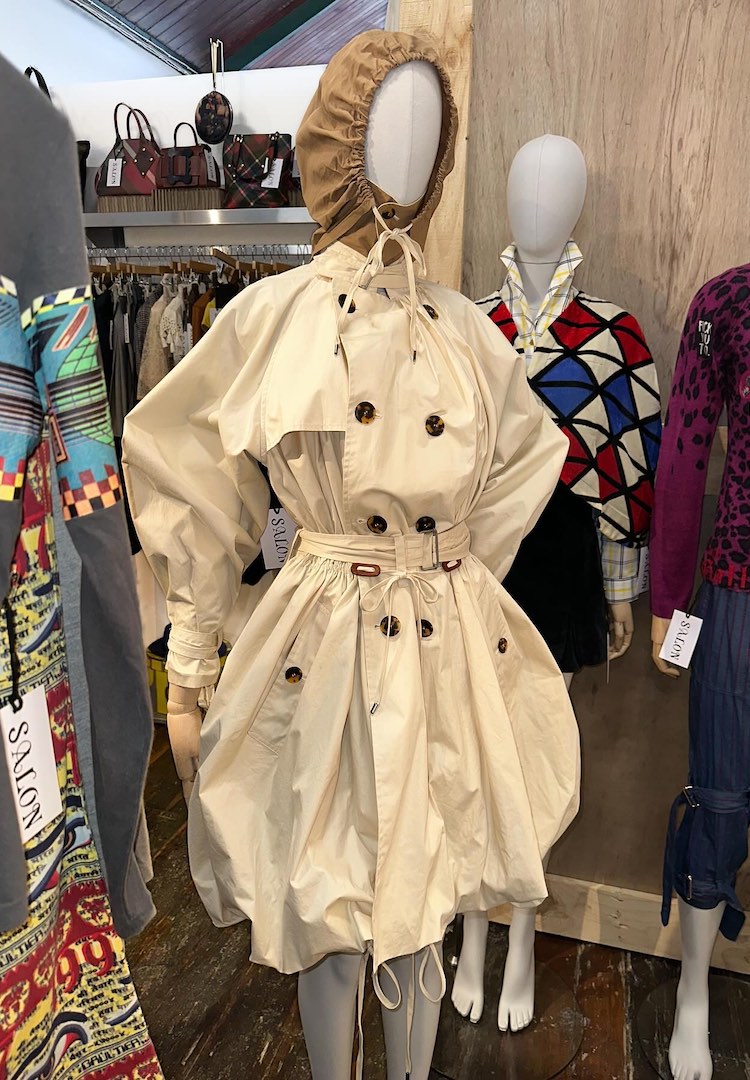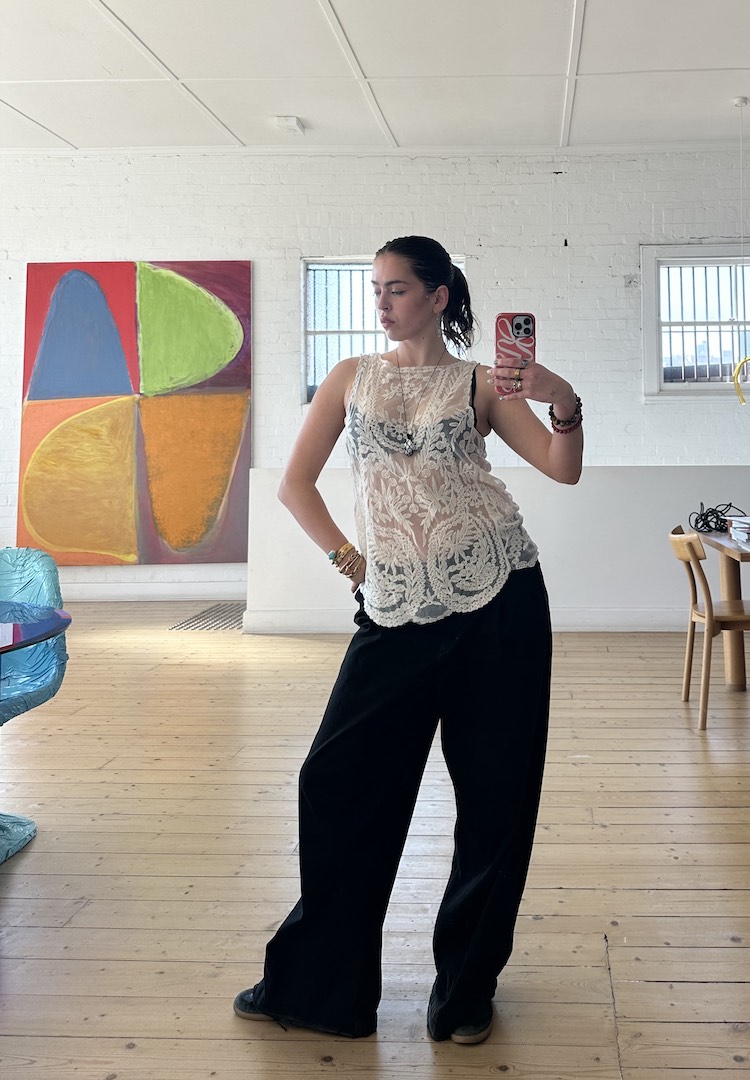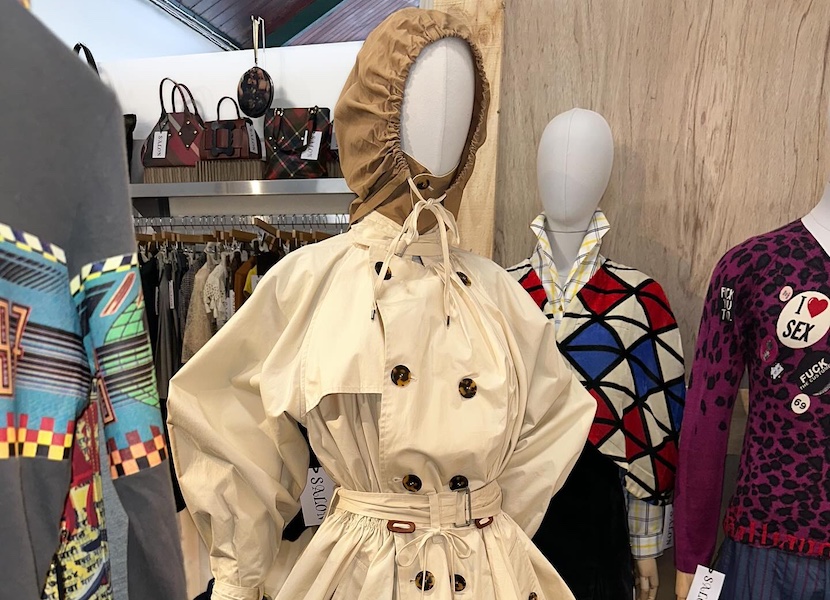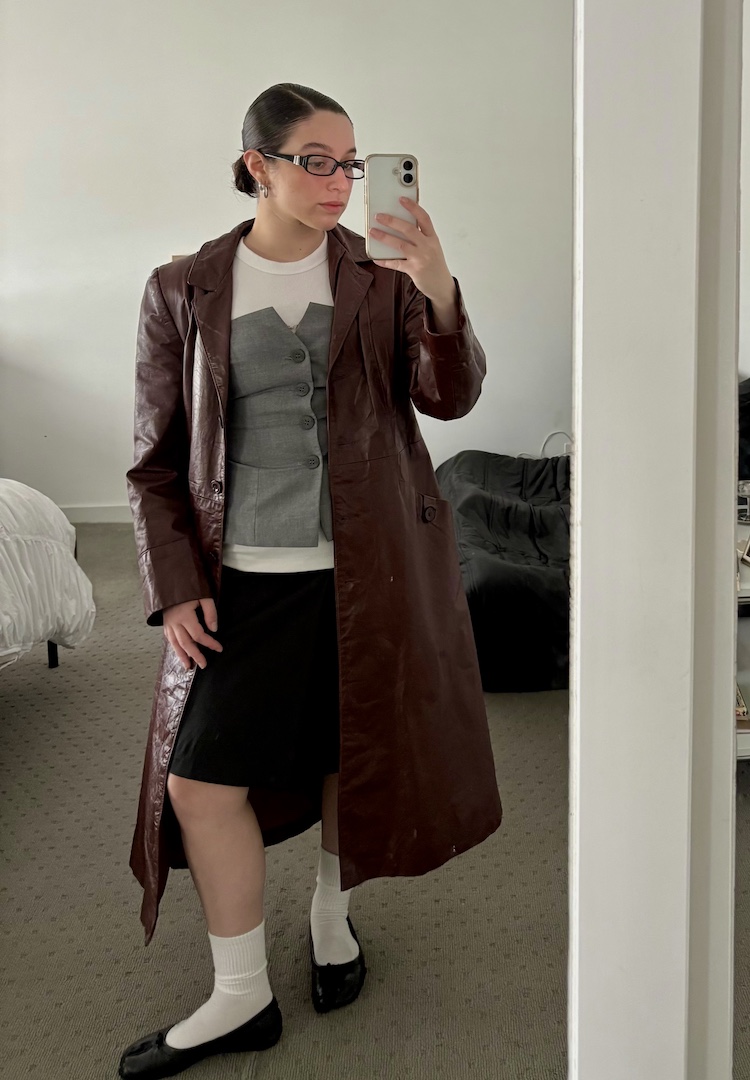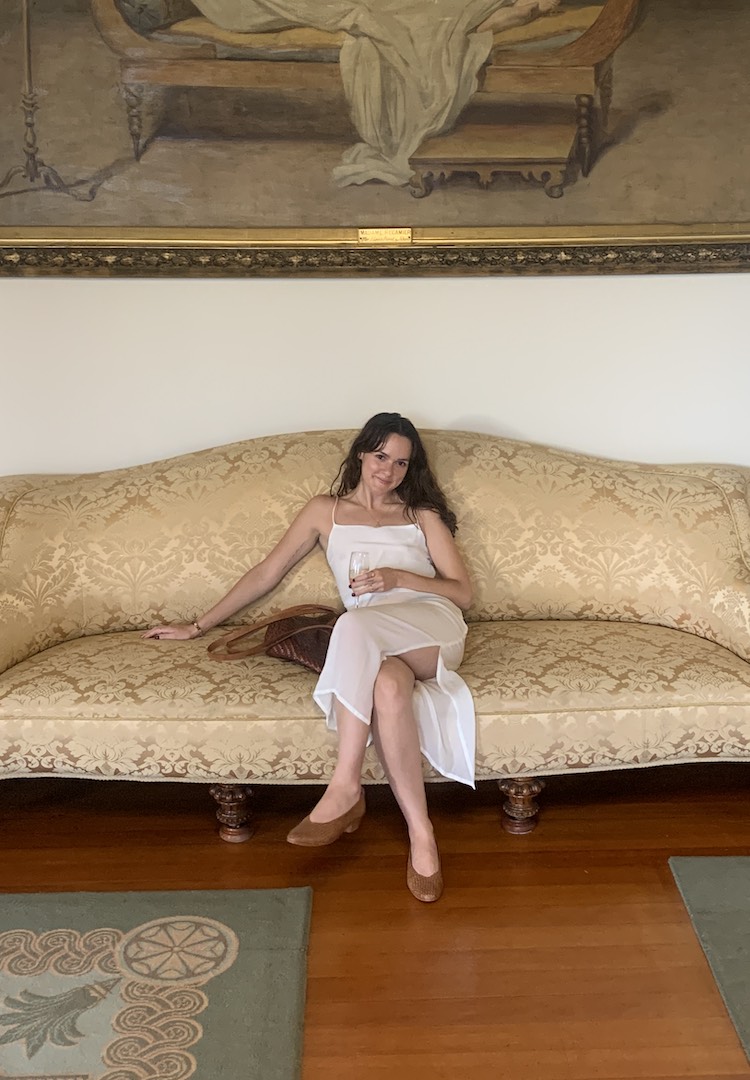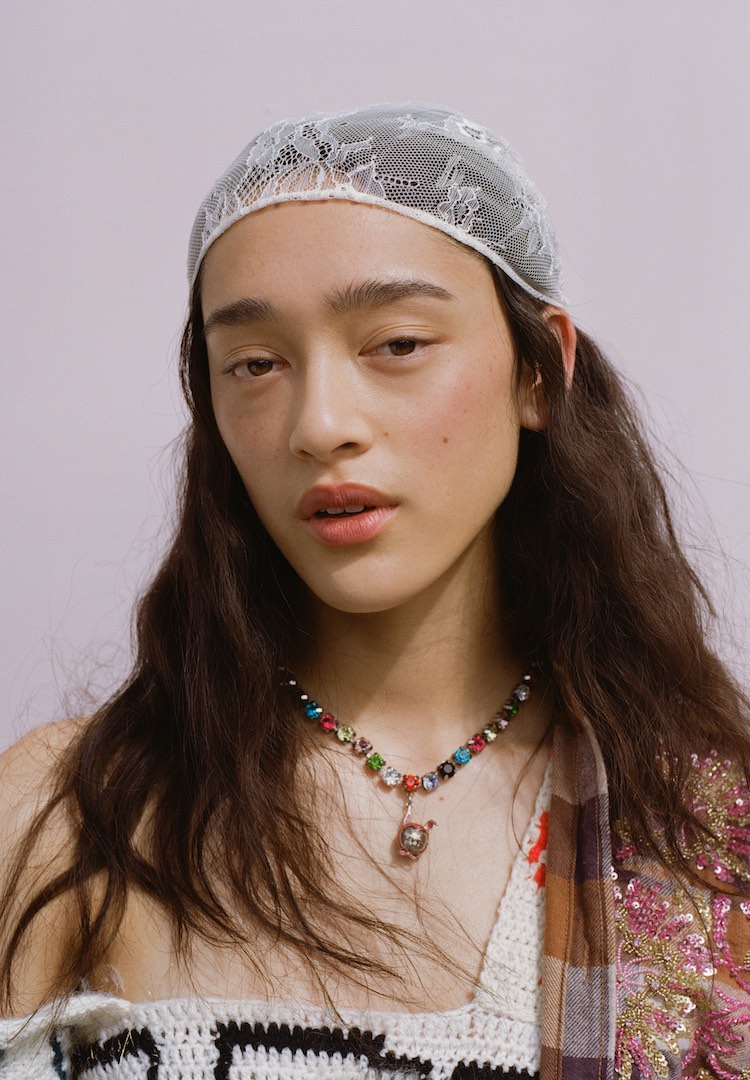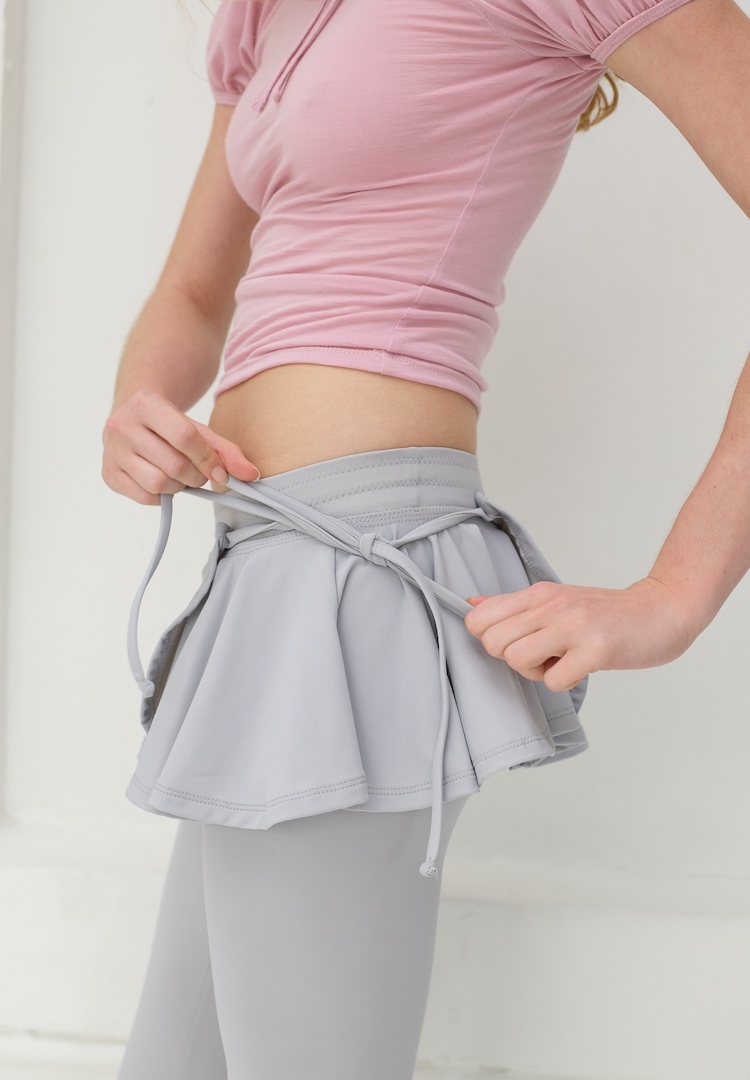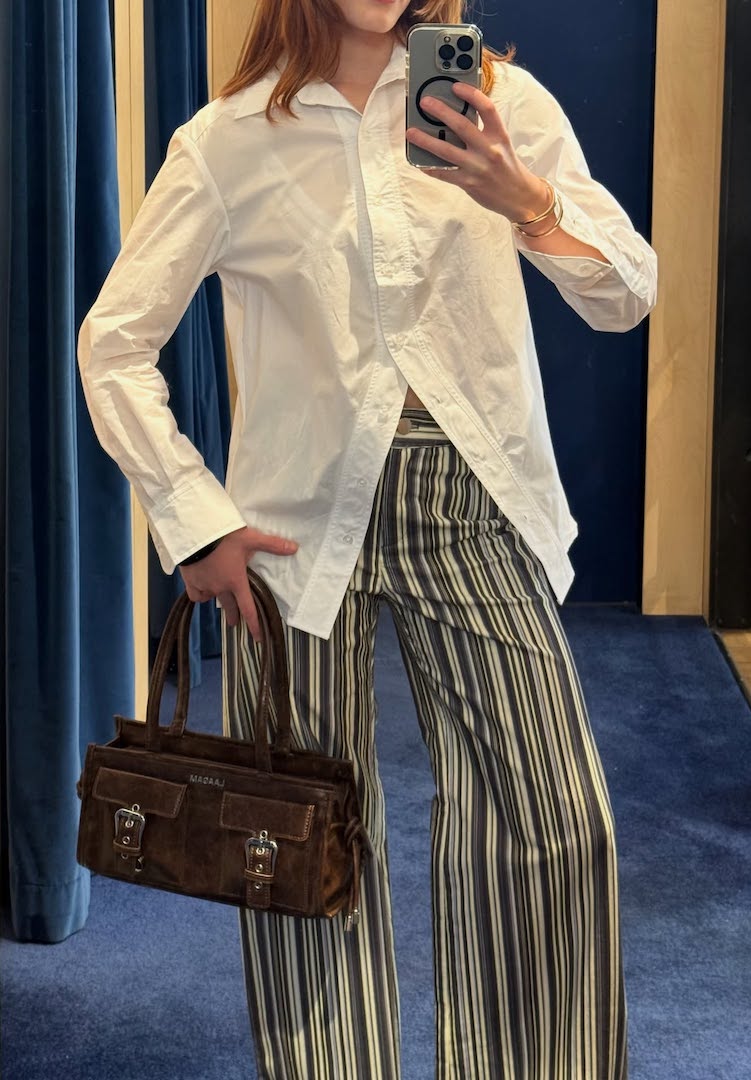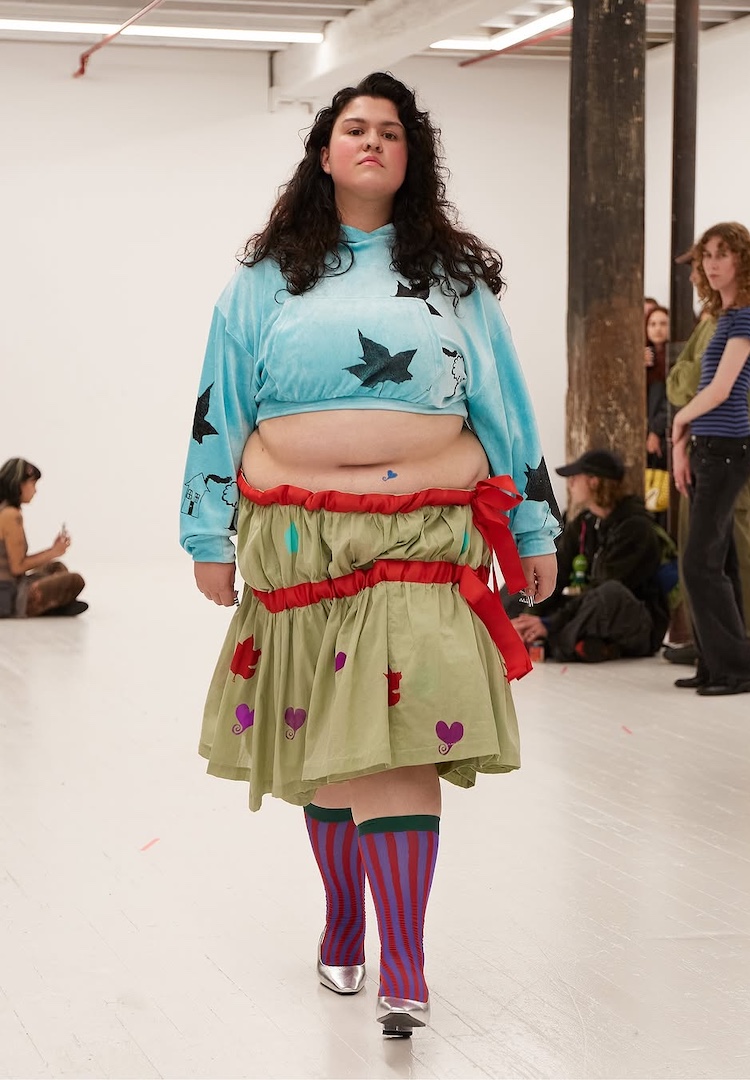Advice for sourcing archival designer fashion, from a vintage buyer
image via @salon.archive/INSTAGRAM
as told to daisy henry
“Don’t be hasty… It’s a long game.”
Mastering the art of thrift shopping is an impressive feat. It involves patience, commitment and a vision. Not all of us can comb through racks and racks at Savers or sift through endless Depop listings and emerge victorious. In my opinion, it’s a skill that builds over time – the more you shop secondhand, the better you get at finding those unicorn pieces.
Building your very own collection of archival designer is another ball game. Depending on how you approach it, this might mean tracking down and purchasing a rare piece of clothing. For others, like vintage curator and founder of Salon Archive Daniel Cumbo, it could mean developing a love for a specific designer and wanting to learn everything about them.
Having spent years working in the industry, Daniel opened their own specialty archive store last year, dedicated to sourcing pieces from Jean Paul Gaultier, Vivienne Westwood and John Galliano. From the unique pieces lining the aisles in-store at Salon Archive, to their own personal collection (and this includes Cher Horowitz’s iconic yellow Clueless blazer), there are few as knowledgeable about sourcing archival designer as Daniel.
For those curious about dipping their toe into the waters, Daniel’s first piece of advice is to be patient. “Don’t be hasty… It’s a long game,” they explain. Sometimes, it might take a few attempts to nab your holy grail piece. Other times, it could take months, even years.
“I know nothing stings more than missing out on a sought-after piece but it’s even sweeter when you do finally secure it. And if it fades in desirability over time, then it was just a passing fancy anyway.”
Their second step? Don’t limit yourself. “I’m a firm believer that if you commit to just one method of sourcing, you’re bound to miss out on the real treasures popping up elsewhere,” they add. But that’s not all there is to it. Below, Daniel shares five steps for building your very own archival designer collection.
View this post on Instagram
Runway archives and lost media
Start with the runway archives online – they’re a great entry point. From there, dig deeper into books and lost media. Vintage magazines, in particular, are an endless gold mine of forgotten information and it’s where you’ll uncover the most niche details that have yet to be scanned onto the internet.
It sounds a little silly but to understand the worth of archival pieces properly, you need to learn the designer’s entire history. Everything from their inspirations and collaborators to time frames and manufacturing methods. It’s all important to the story of what makes something special.
Shop in-store
Start by supporting small businesses! Online platforms are convenient but brick-and-mortar stores (like Salon!) often offer more than just great curation. They can introduce you to a like-minded community.
Archive, at its core, is about the rare, elusive pieces that exist on a sliding scale of museum quality. And the truth is, no major platform can offer that kind of depth or curation. Only independent sellers do.
View this post on Instagram
Identifying real versus fake
Luckily, Gaultier and Galliano’s main lines haven’t really been counterfeited much throughout their careers, which is where most of my focus lies. But with Westwood, it’s a different story. With the rise in fakes, it’s really hard to trust anything at first glance.
There’s no shortcut to confidently authenticating, it takes time. Personally, clothing authentication and dating items is my specialty but even then, I consult with other collectors, enthusiasts and professional authenticators, especially when it comes to accessories. You can never be too cautious.
Pricing
If you’re unsure, a quick Google search will give you a ballpark for a lot of items. But when it comes to things that aren’t well documented online, it really comes down to experience. The more you do it, the more confident you’ll feel when it comes to pricing.
The journey is the fun part
Stay vigilant in your search, stay inspired and always keep learning. You’ll never know everything but that’s the fun of it. Archive is an ongoing pursuit of knowledge and a deeper understanding of history. And the inclusion of fashion within the contemporary art sphere is still relatively new, we’re only just beginning to unpack its cultural value. Foster and conserve!
For more on spotting designer pieces, try this.

